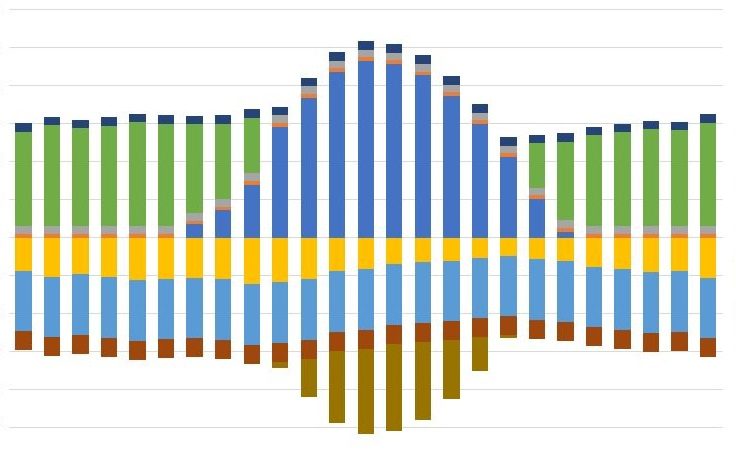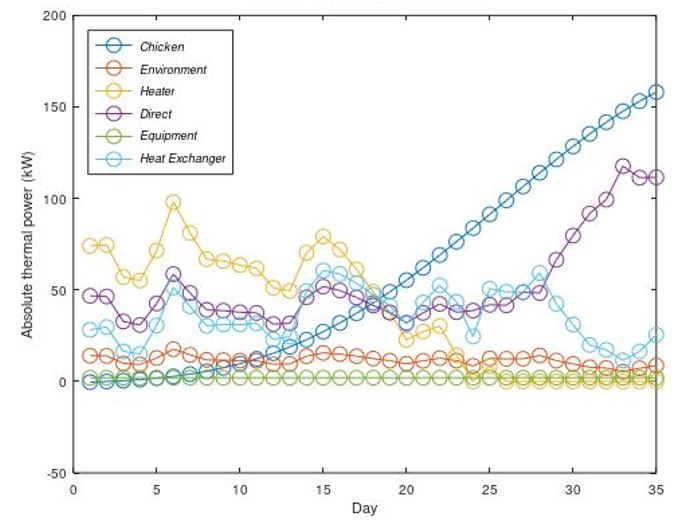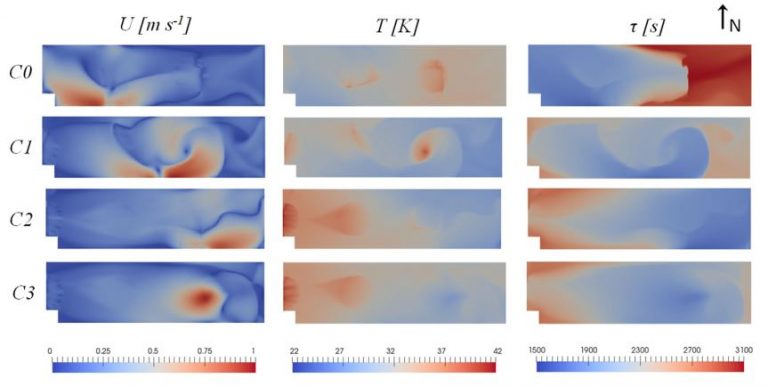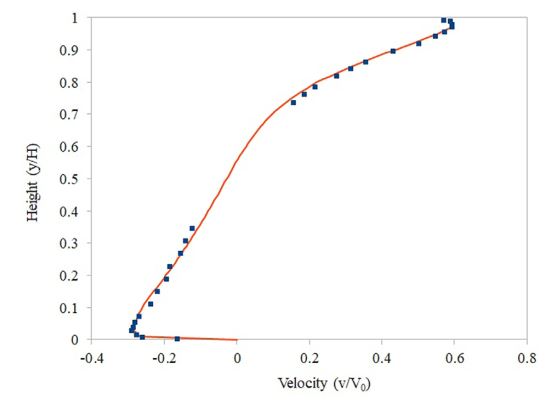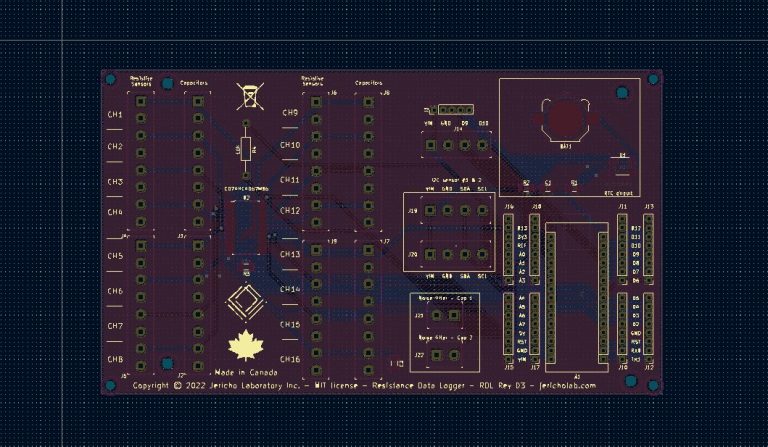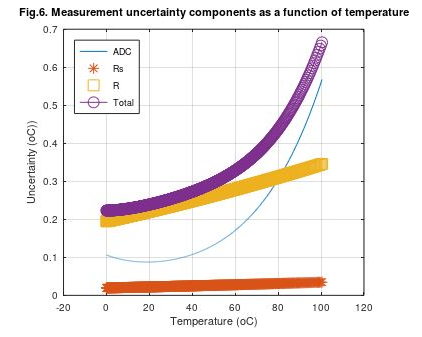Engineering Consulting Portfolio
To help support the growth of the core business, we also offer consulting services in the fields of engineering analysis, energy efficiency, clean energy, fluid dynamics, CAD and electronics. Here is a portfolio to present some of our skills and past projects. If you are interested in working with us, please contact us by email.
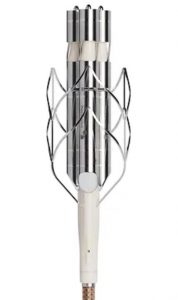
Puzzle Medical Devices: Heart Pump Optimization via CFD simulation
Context: Confidential corporate project
In collaboration with Continuum Mechanics, we made steady and transient simulations of blood flow on ventricular flow assistance devices for Puzzle Medical Devices. They provided insight to increase performance via fast design iterations, identify and eliminate potential thrombogenic areas and identify root cause of issues encountered in animal trials.
Annual energy simulation of a building (Octave/Matlab)
Context: Confidential corporate project
In this project, the thermal behaviour of a building was simulated, along with its innovative system. Octave, a free and open-source cousin of Matlab, was used for this project.
Client contact available upon request.
Heat exchanger impact on fuel savings (Octave/Matlab)
Context: Confidential corporate project
In this 1D simulation, the thermal behaviour of a commercial broiler house (chicken) was simulated to evaluate the impact of air-to-air heat exchangers on propane consumption. GNU Octave, a free and open-source cousin of Matlab, was used for this project.
The client wanted to better understand the interaction between the various heat sources and sinks of the building. This led the client to review their methodology for the CO2-savings estimates, and increased their subsidies by up to 20%.
Livestock house CFD simulation (OpenFOAM)
Context: Master thesis
In this CFD study,a 3D steady-state simulation of a broiler house was designed. The comparative study was done with OpenFOAM solver buoyantSimpleFoam and HexMesh utility. Mesh convergence study was done with a Grid Convergence Index method. In the picture, you can see the velocity, temperature, and air quality fields for different configurations of the equipment (C0 to C3).
Our paper, for which I was lead author, was successfully published in Biosystems Engineering (impact factor = 5.0). You can read the publication or the pre-print.
3D numerical simulation of a hot cavity (OpenFOAM)
Context: Master thesis
This 3D turbulent thermal simulation of a cavity was compared with experimental results from the literature (Nielsen, 1978).
The simulation served as a validation for the same livestock house simulation publication cited above. For this reason, the tools and methodology were identical to the previous simulation.
On the picture, you can see a normalized velocity on the x-axis. The numerical data (line) and the experimental data (squares) strongly agree (< 1%).
PCB design of a data logger (KiCAD)
Context: Jericho sub-project
PCB design for Jericho lab including schematics, layout, outsourcing, and testing. The design involved SMD components, as well as through-hole components. We used open-source software KiCAD, which was partly developed by and still used by CERN (Centre Europeen Recherche Nucleaire).
The PCB design files can be found in our Github repository.
3D printed calibration tool (FreeCAD)
Context: Jericho sub-project
This small calibration tool is used to accurately position probes in cold/warm bath during a 3-point calibration procedure. The parametric design was optimized for heat transfer, immersion stability, printing time and tolerance to heat. The product was subsequently printed in PLA and the tool is part of our production equipment. FreeCAD and Cura software were used for this project.
The tool design files can be found in our Github repository.
Measurement uncertainty calculations (Octave/Matlab)
Context: Jericho sub-project
In this sub-project, the measurement uncertainty of a temperature data logger based on thermistors (Jericho) was calculated using the propagation method. The uncertainty terms included the probe, the tension divider circuit and the ADC chip. In the present figure, partial and total uncertainties can be seen over the operating range. The results showed that accuracy could be improved in the upper temperature range (80-100°C) by increasing the voltage divider resistance value from 10kohm to 20kohm. Octave, a free and open-source cousin of Matlab, was used for this project.
The script, the graphics and the equations derivation can be found in our Github repository.

